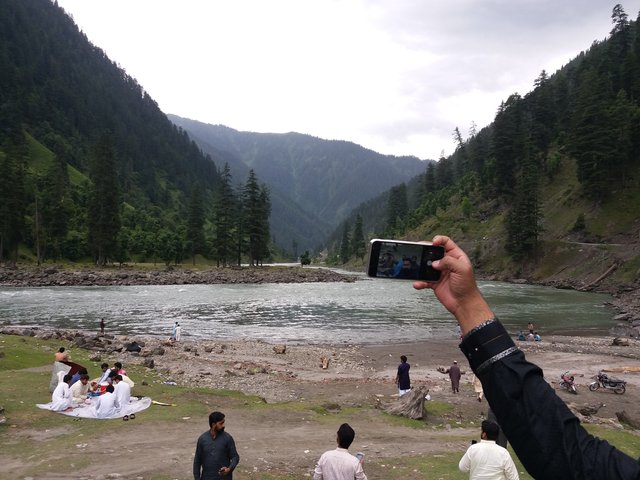History of Azad Kashmir pakistan
1949 to Present
In 1955, the Poonch uprising broke out. It was generally packed in areas of Rawalakot as well as the remainder of Poonch Division. It finished in 1956.[15]

An area of Kashmir that was once under Pakistani control is the Shaksgam lot a little district along the northeastern boundary of the Northern Areas that was temporarily surrendered by Pakistan to the People's Republic of China in 1963 and which currently frames part of China's Uygur Autonomous Region of Xinjiang. The piece of Kashmir controlled by India as of now is split among Jammu and Kashmir and Ladakh.
In 1972, the then-current line among Pakistan and India, which held areas of Kashmir, was assigned as the "Line of Control". The Line of Control has remained unchanged[16] since the 1972 Simla Agreement, which bound the two nations "to settle their disparities by quiet means through reciprocal arrangements." Some case that, considering that settlement, the main answer for the issue is common exchange between the two nations without including an outsider, like the United Nations.
A staggering tremor hit Azad Kashmir in 2005.
Joined Nations intercession
Jawaharlal Nehru, then, at that point, Prime Minister of India requested that the UN intercede. The United Nations passed the United Nations Security Council Resolution 47 and later United Nations Security Council Resolution 80, which asked both Pakistan and India to pull out the entirety of its powers from Kashmir at the same time. This was to be trailed by a plebiscite to decide the desires of individuals of the whole province of Kashmir.[17] However, the expected withdrawal won't ever occur. The region which stayed heavily influenced by Pakistan is called Azad Kashmir. India took north of 66% of Kashmir without pulling out their powers. Pakistan refering to India didn't pull out their powers additionally didn't pull out its powers from Kashmir and controls 33% of Kashmir.
Established status
Races were held to the 49-seat Legislative Assembly of Azad Kashmir on July 11 to the eighth Legislative Assembly starting around 1970 (seventh starting around 1974 when Pakistan allowed the district a parliamentary framework with grown-up establishment). Azad Kashmir is arranged as an independent area, however pundits guarantee titles, for example, Prime Minister and President for the locale's chosen political initiative are misleading[18] as applicants are expected to sign an oath of loyalty to Kashmir's promotion to Pakistan.[18]
On September 14, 1994, the Supreme Court of Azad Kashmir decided that "the Northern regions are a piece of J&K State yet are not a piece of Azad J&K as characterized in the Interim Constitution Act 1974".[19] The Northern Areas by and by has no formally named status in Pakistan. Pakistan doesn't consider this region as a "area" of Pakistan or as a piece of "Azad Kashmir". They are administered straightforwardly from Islamabad through a Northern Areas Council. A CEO (generally a resigned Pakistani armed force official), designated by Islamabad is the nearby regulatory head.[20] This region by and by has no delegates in both the Azad Kashmir Assembly and in Pakistan's parliament. Northern Areas' Legislative Council was made with an enrollment of 29 (later expanded to 32), yet its powers are confined. On May 11, 2007 the NA's CEO, who additionally turns out to be the Minister for Kashmir Affairs and Northern Areas Affairs, announced that the locale reserved a privilege to be addressed in the National Assembly. Others request that it should be given the situation with a territory. The progressions made in 1994 in the neighborhood bodies' mandate gave more portrayal to ladies and assigned a few managerial and monetary powers to the nearby organization. Be that as it may, individuals of the district despise principal privileges, since it keeps on being represented by the Legal Framework Order of 1994.[21]